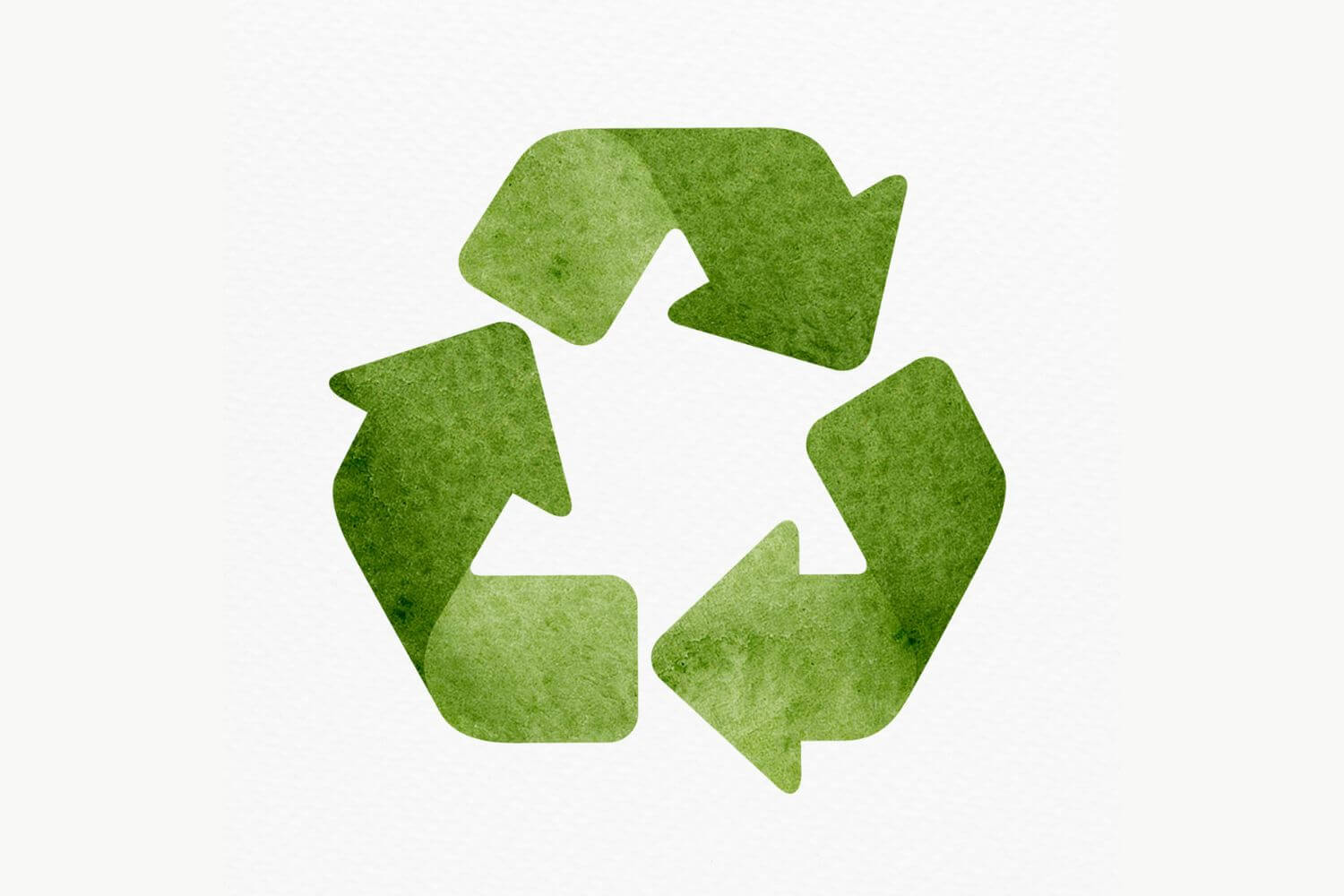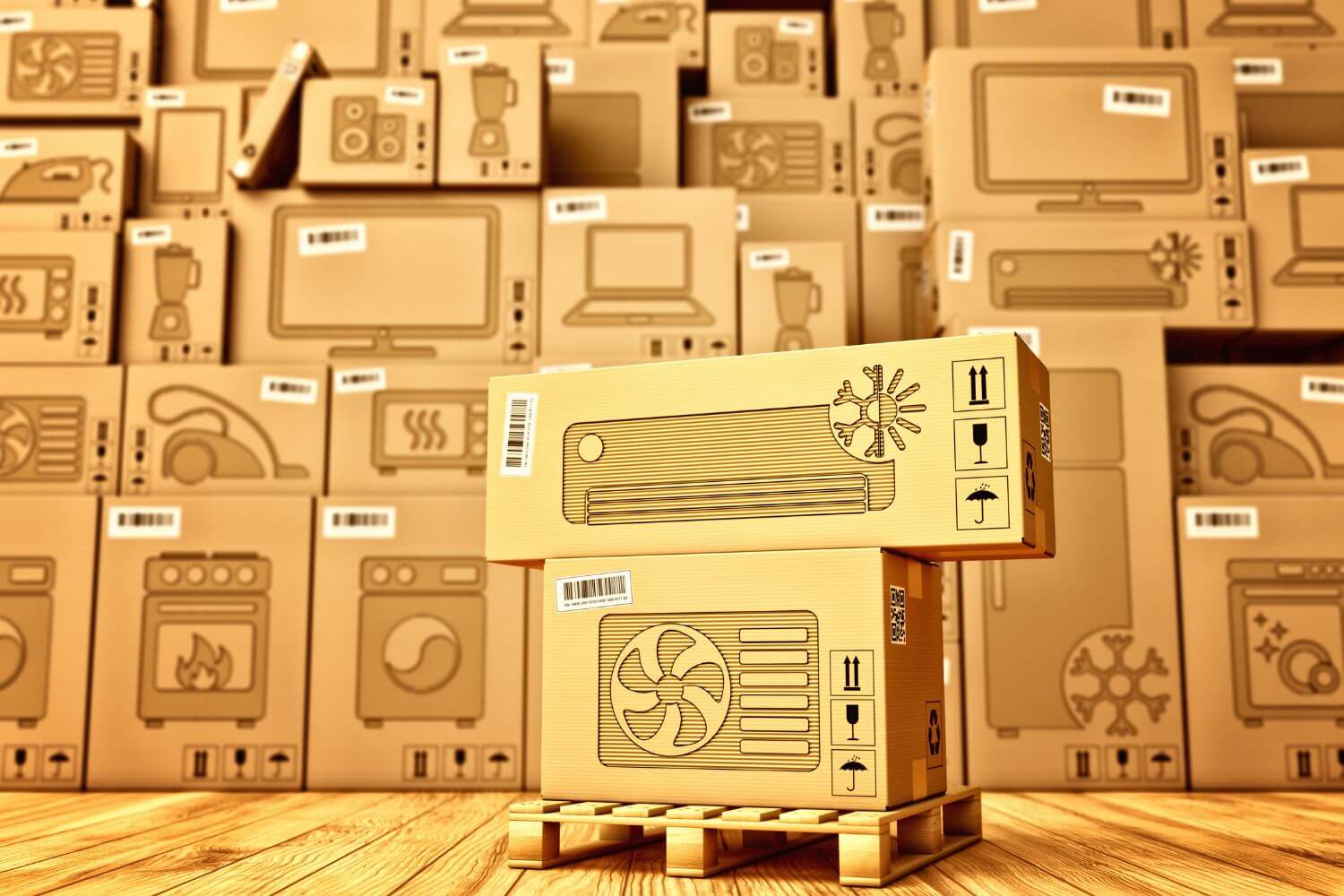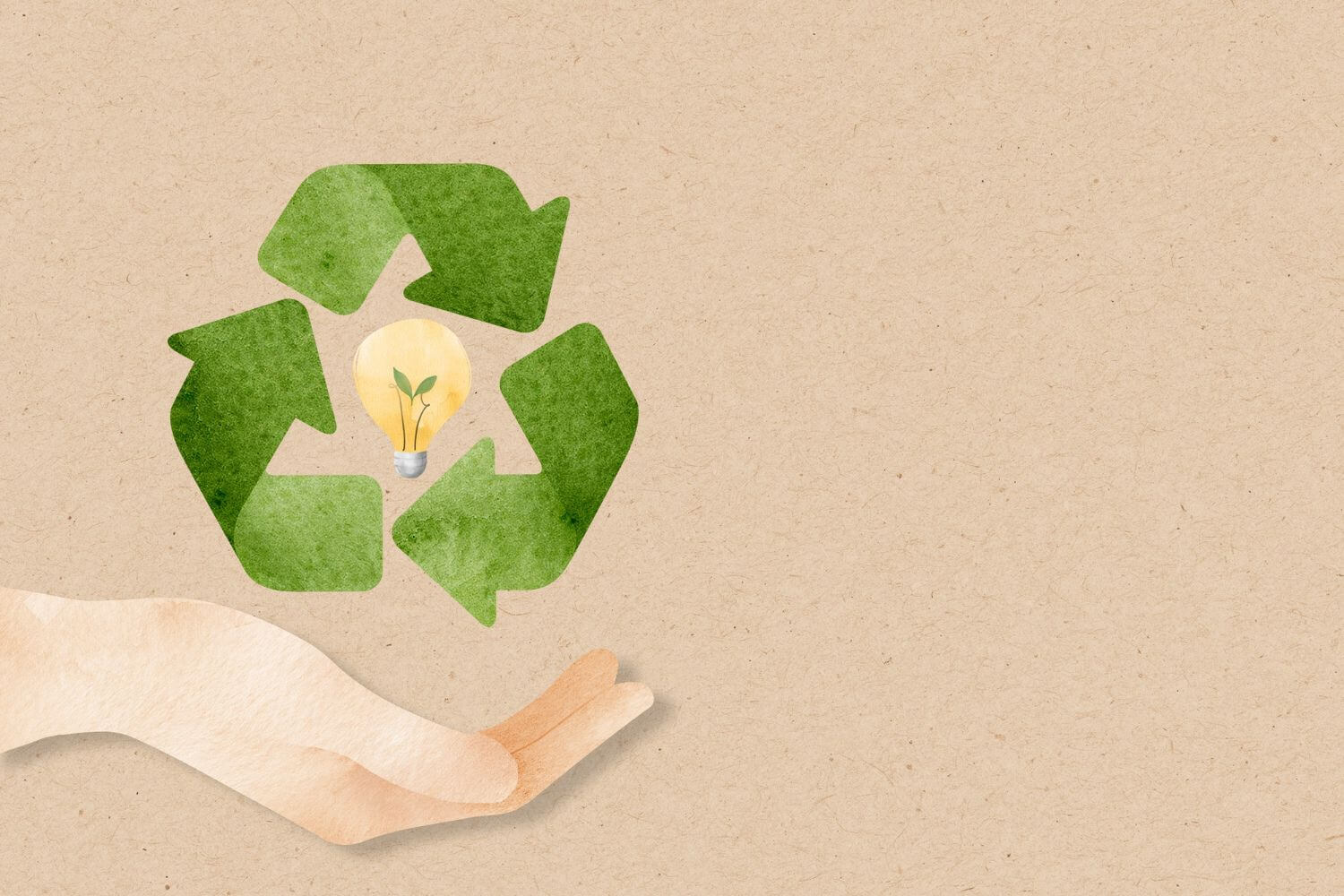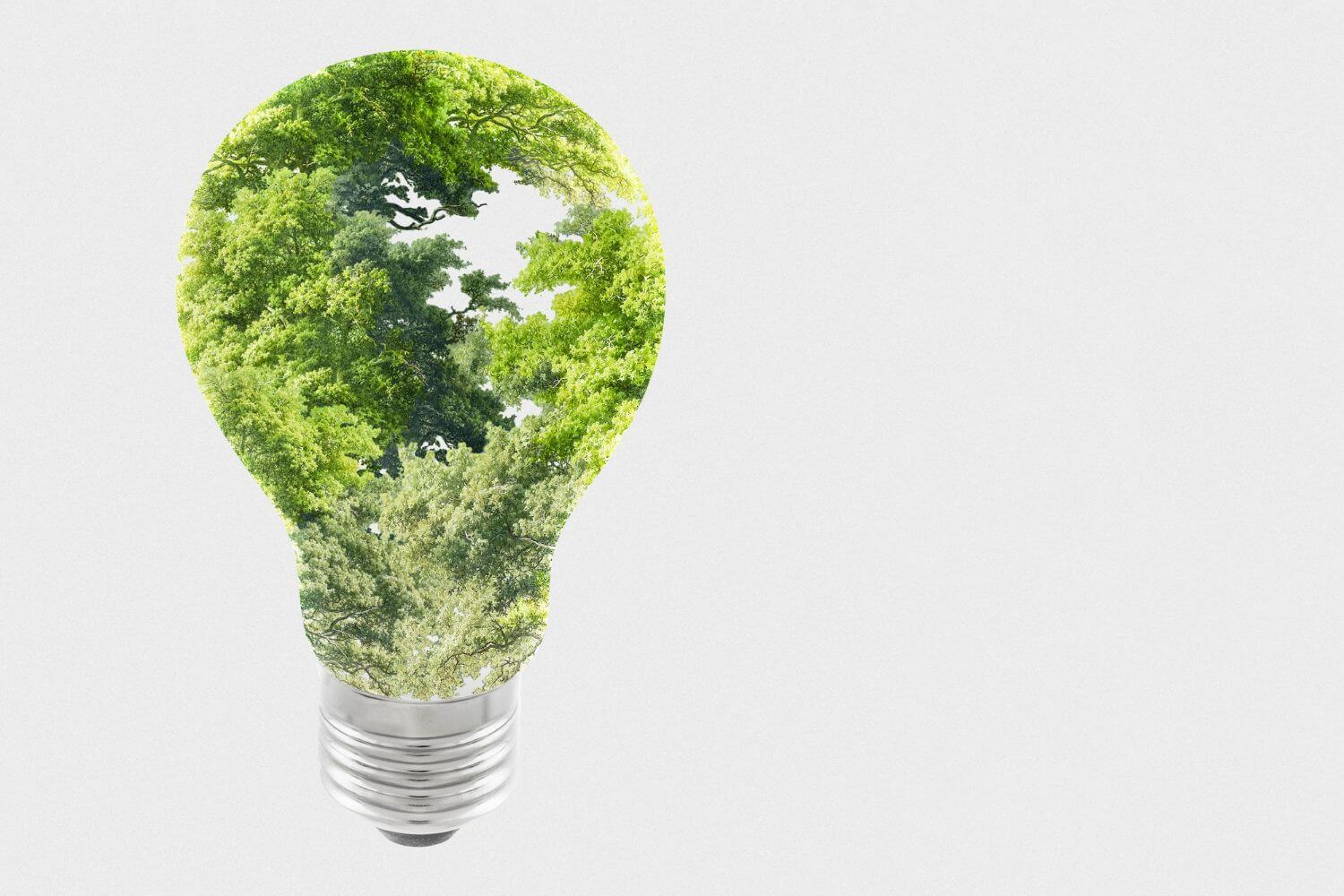EU Green Deal
In the autumn of 2019, the European Parliament declared a climate change emergency and asked the European Commission to draw up a package of proposals designed to ensure that we do not exceed the 1.5°C temperature increase.
In response to this call, the European Green Deal was born on 11 December 2019, aiming for the European Union to achieve carbon neutrality by 2050.
What are the pillars of the Green Deal?
The EU Climate Law
On 24 June 2021, the European Parliament adopted the new EU Climate law. This legislation now makes it legally binding to reduce emissions by 55% by 2030 compared to 1990 levels, whereas previously the figure was 40%. And by 2050 we aim to achieve carbon neutrality.
Fit for 55!
In order to meet the emission reduction targets, the European Commission has presented a draft legislative package that will fundamentally shape the EU’s climate and energy policy. This package foresees both amendments to existing legislation and the creation of new legislation.
New Circular Economy Action Plan
On 11 March 2020, the European Commission presented its new (second) Circular Economy Action Plan (CEAP).
The priority of the CEAP is to generalize sustainable products in the EU, promote conscious consumer behavior and reduce the generation of waste. To this end, regulations will be focused on the most resource-intensive sectors:
- electronics and infocommunication technologies
- accumulators and vehicles
- packaging
- plastic materials
- textile products
- construction industry and buildings
- foods.
Sustainable Product Initiative
One of the central objectives in the framework of the CEAP is to support sustainable products. In order to ensure that, the so-called Sustainable Product Initiative was launched on 11 September 2020, with electronic products as one of its main target groups. The initiative was further developed on 30 March 2022: this is when the new so-called Ecodesign for Sustainable Product Regulation (ESPR) proposal of the EU was born.
The ESPR will replace the Ecodesign Directive currently in force (Directive 2009/125/EC) and will no longer cover only electronic products.
The new regulation will seek to address the following challenges:
- product durability, reusability, upgradability and reparability
- presence of substances that inhibit circularity
- energy and resource efficiency
- recycled content
- remanufacturing and recycling
- carbon and environmental footprints
- information requirements, including the so-called Digital Product Passport
Sustainable food production
As 10% of greenhouse gas emissions come from agriculture, a review of this area is also one of the main objectives of the Green Deal. The EU’s new Farm to Fork Strategy (October 2021) aims to achieve a fair, healthy and environmentally friendly food system.
Preserving biodiversity
The European Commission presented its new Biodiversity Strategy in May 2020. At present, one million species on Earth are threatened with extinction, and the EU also wants to play a leading role in biodiversity conservation.
Taxonomy Regulation
A decision was also taken on greening the financial sector: the EU considers it of paramount importance that in the future financial support should be given to activities and investments that have regard to climate objectives and sustainability. The EU also wants to take effective action against the phenomenon of greenwashing.
According to the new legislation, those activities can be considered environmentally sustainable which contribute to at least one of the following 6 objectives without harming the others:
- climate change mitigation and adaptation;
- sustainable use and protection of water and marine resources;
- transition to a circular economy, including waste prevention and increasing the uptake of secondary raw materials;
- pollution prevention and control; and
- protection and restoration of biodiversity and ecosystems.















